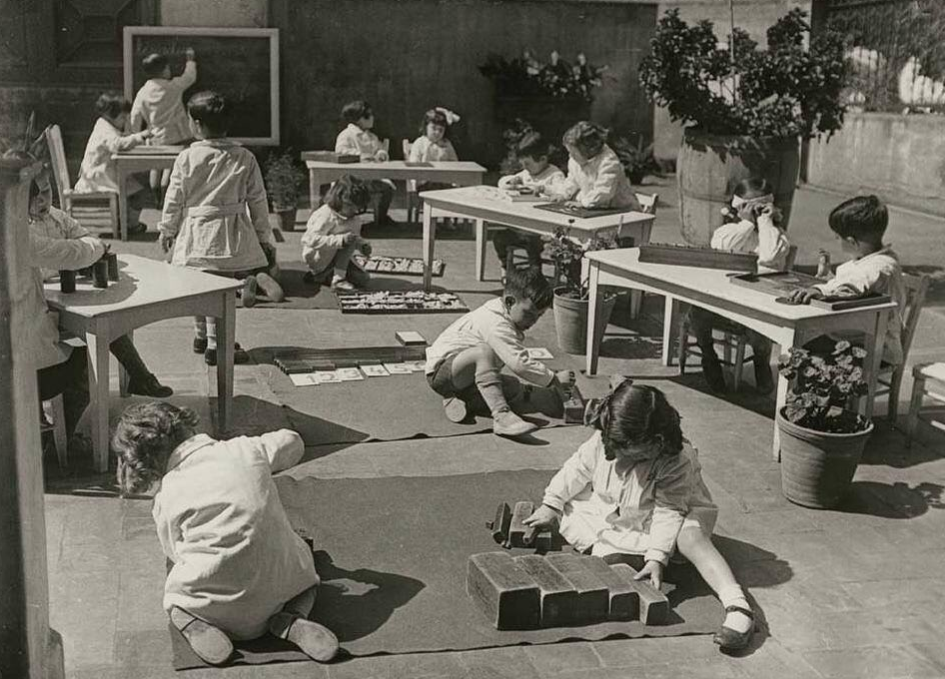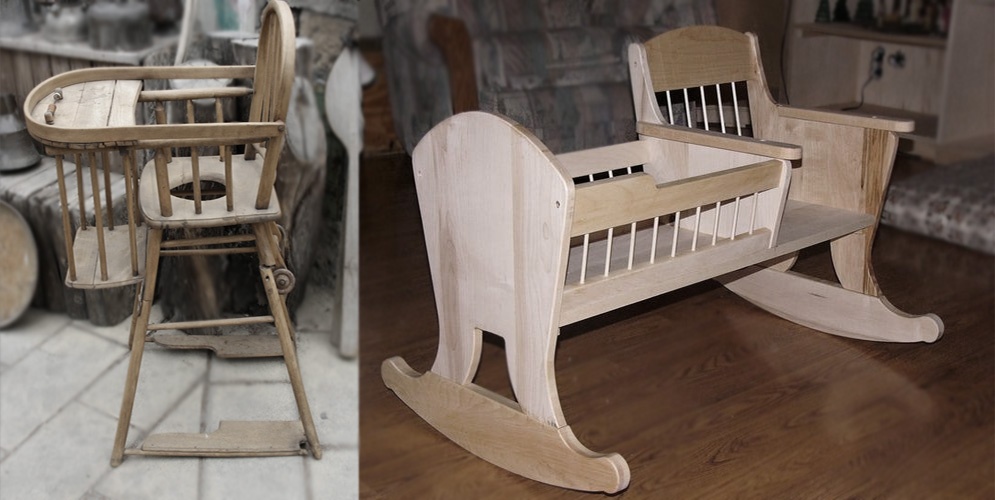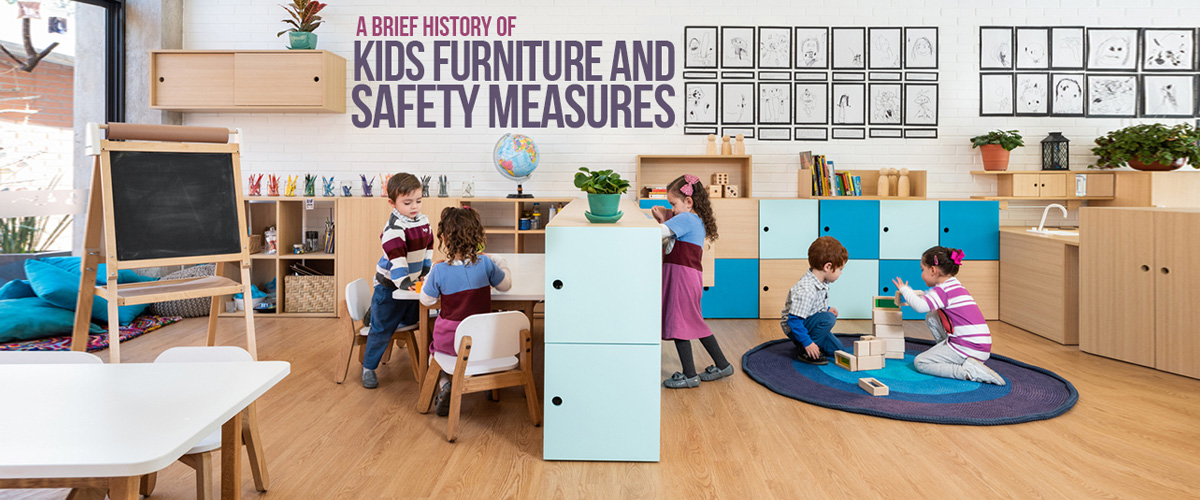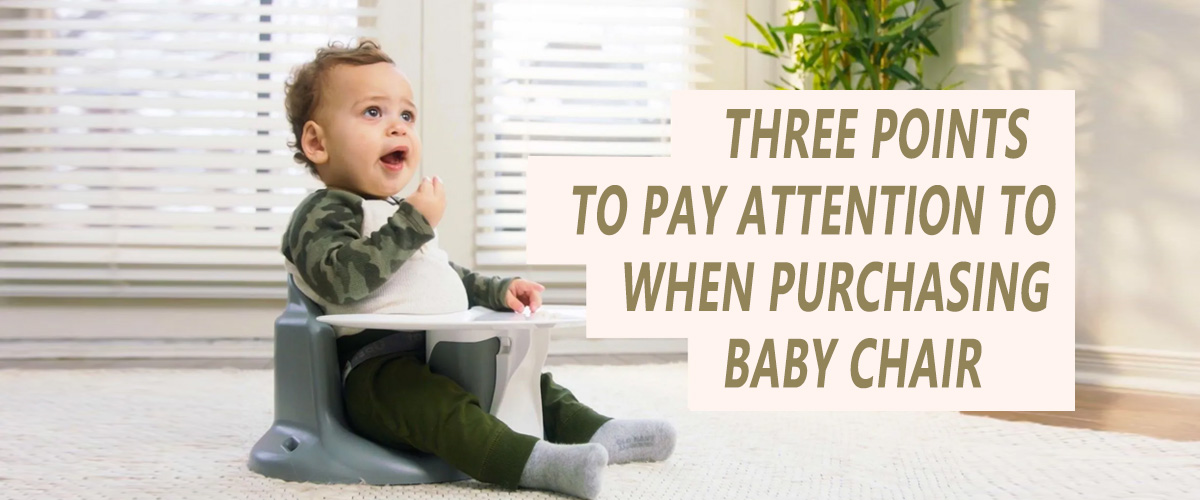
Children’s furniture, fixed or portable, is designed according to children’s ergonomics and sizes specifically for children.
From the above definition, we can identify two types of children’s furniture:
(1) furniture that promotes the relationship between the caregiver and the child.
(2) furniture that the child can use independently.
The big difference between the two types is that the first is made primarily to adult ergonomic dimensions, while the second is designed to meet the ergonomic needs of children at each stage of development. Because children grow up relatively quickly, the second type of furniture is often multifunctional or even retractable.
Where did furniture designed specifically for children first appear? Records from ancient Egypt show that this was the first piece of furniture designed for young children. It differs from an adult bed only in its size, so it is not yet a dedicated crib.
However, it was not until the 20th century that the issue of children’s furniture was seen in the work of some famous designers.
In the early 20th century, several members of the Bauhaus proposed children’s furniture, including Herit Rittfeld and Marcel Breuer. Here’s a collection of works from the same period by Peter Keler, Alma Siedhoff-Buscher, Erich Dieckmann and Kristian Solmer Vedel.



